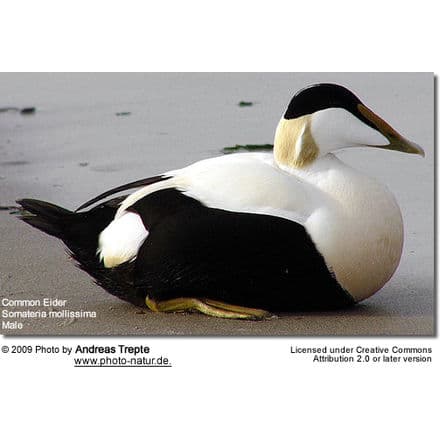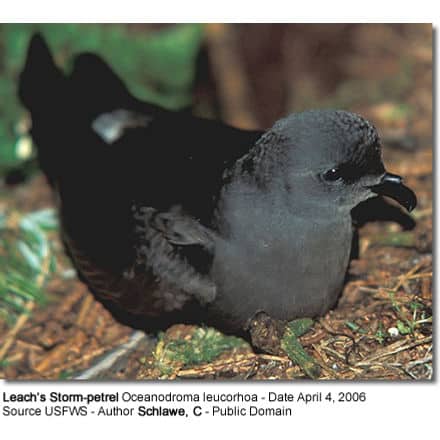Fulmar Prions (Pachyptila crassirostris)
The Fulmar Prions, Pachyptila crassirostris, is a species of seabird in the Procellariidae family, found in the southern oceans
Sub-species
The Fulmar Prion has two sub-species,
- Pachyptila crassirostris crassirostris, which breeds on the Snares Islands, Chatham Islands, and Bounty Islands.
- Pachyptila crassirostris eatoni, which breeds on Heard Island and the Auckland Islands
Breeding
Fulmar Prion are annual breeder and will lay one egg, in their nest on islands with colonies. Both sexes will incubate the egg and raise the chick until it fledges.
Diet
Like all prions, they eat predominantly zooplankton which they strain through their upper bill.
Range and habitat
The Fulmar Prion is pelagic (over sea) and stays over the southern oceans. When breeding they will come ashore, and nest on Heard Island, Auckland Islands, Chatham Islands, Bounty Island, Snares Island.
Conservation
They have a very large range and their population while lower than most other prions, is still substantial at between 150,000 and 300,000 adult bird. Because of these numbers, the IUCN rates them as Least Concern.
Etymology
Pachyptila, the word, comes from the Greek words pakhus and ptilon. Pakhus means thick or stout and ptilon means a feather. Also from the Greek language, Prion comes from the word priōn meaning a saw, which is in reference to its serrated edges of its bill.
Fulmar comes from Old Norse full meaning foul and mar meaning gull in reference to their similar look to seagulls and their foul-smelling stomach oil that they produce.
Taxonomy
The Fulmar Prion is a member of the Pachyptila genus, and along with the Pachyptila makes up the Prions. They in turn are members of the Procellariidae family, and the Procellariiformes order.
The prions are small and typically eat just zooplankton; however as a member of the Procellariiformes, they share certain identifying features. First, they have nasal passages that attach to the upper bill called naricorns.
Although the nostrils on the Prion are on top of the upper bill. The bills of Procellariiformes are also unique in that they are split into between 7 and 9 horny plates.
They produce a stomach oil made up of wax esters and triglycerides that is stored in the proventriculus (stomach). This is used against predators as well as an energy rich food source for chicks and for the adults during their long flights.
Finally, they also have a salt gland that is situated above the nasal passage and helps desalinate their bodies, due to the high amount of ocean water that they imbibe. It excretes a high saline solution from their nose.
Beauty Of Birds strives to maintain accurate and up-to-date information; however, mistakes do happen. If you would like to correct or update any of the information, please contact us. THANK YOU!!!




